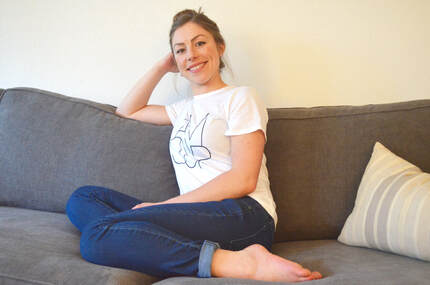 Do you know a child who is unaware that they have done something hard enough to cause another person pain? Maybe this child uses aggression to give their bodies the inputs it craves, like hitting, biting, pushing, or pulling hair? All give the same type of input, called proprioceptive input, which is registered through the joints and muscles of the body and activate when the child does something hard enough. Saying “not so hard” or “do it softer” often does not change anything, because their brain is not yet registering the level of force being exerted. In order for the child to really learn they are doing something too forcefully, they must be able to perceive something new, different, and distinctive from this habitual pattern. Here is one way to create a distinction and help their brain perceive a difference:
Begin with something that is easy for your child. Let’s say it is easy for your child to throw a toy. Start by playfully asking your child to throw the toy. Then ask your child to throw the toy harder. Then ask him to throw it with even more force than that. Then ask him to throw it as hard as he can. This could be called “tiger power,” being fast, powerful, and potentially aggressive. Now, tell your child to throw the toy as soft as he can. This could be called “butterfly power,” barely moving, just gently rolling off his hand and falling. Practice going from tiger to butterfly, and variations of lighter and harder in between. Next, use “tiger power” and “butterfly power” with high fives (if that is easy for your child), helping them feel the difference between hitting with excessive force and hitting with soft force. Or use “tiger power” and “butterfly power” as he/she hugs you goodnight, being careful to use butterfly power and not hug too hard. Talk about which is used when playing with friends at school. Use this in any everyday activity to help your child calibrate the level of force necessary for the task or interaction. This is especially useful for kids who lack body awareness, inefficiently process proprioceptive input, or who seek sensory input.
0 Comments
Your comment will be posted after it is approved.
Leave a Reply. |
meet the bloggerAusten is a pediatric occupational therapist with experience in schools, early intervention, and private clinic settings. She now runs her own private practice in Portland, OR specializing in movement based learning techniques. This blog's mission is to educate and empower parents and children by sharing insights into the complexities of learning and development. Categories
All
|
MINDFUL MOVEMENT THERAPIES
In-Home Pediatric Occupational Therapy in Portland, Oregon
phone503-720-4634
|
|
|

